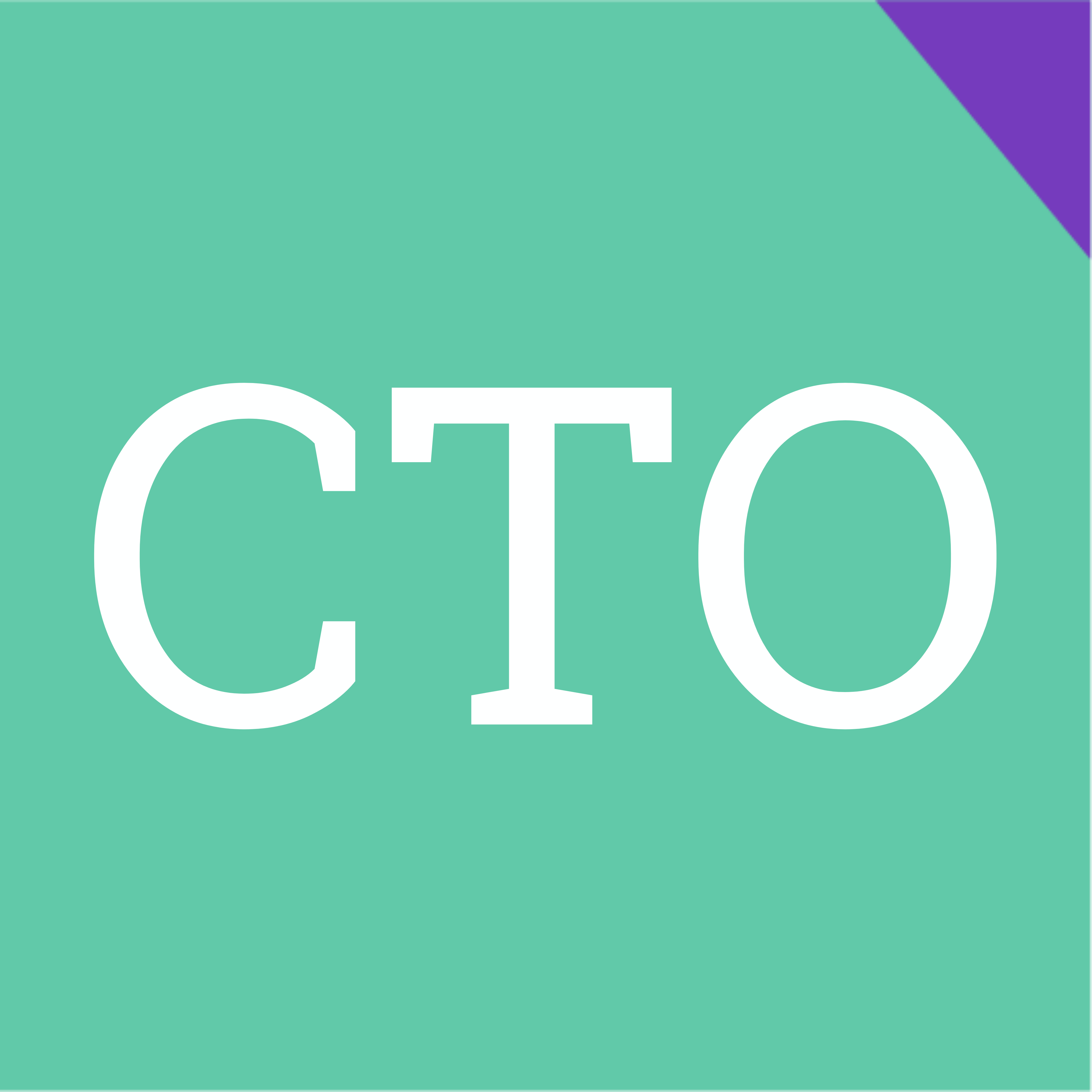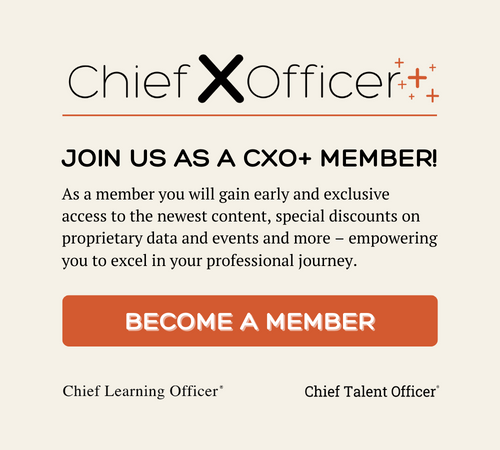Be at the planning table. Demonstrate business impact. Increase shareholder value. Impact the balanced scorecard. These are the words I continue to hear from the leaders of learning and development. Wall Street expects companies to grow their profitability, while demonstrating the ethical behavior and corporate transparency that our nation is demanding. It is indeed a challenging time for all of us. And I believe it is also a great time of opportunity for those of us who play a leadership role in learning and development.
The challenge is to demonstrate our impact. But, more importantly, it is also to create a strategic game plan for learning and development based on helping the organizations we work in and the leaders we work with to create value for their key stakeholders—the shareholder, the customer and the employee. The conversations our learning development leaders and business leaders are engaging in are the same—reduce costs, increase sales, improve profits, increase value. And the most promising sources of value creation are expected to come from leveraging our human capital and leveraging our information technology.
It is a time which, despite the cost-cutting and the downsizing, provides us a lot of opportunity to get in the midst of the fray and demonstrate our value. But how do we actually approach this process of value creation?
Over the past couple of years, I have seen some common approaches that have led to value creation. These approaches include identifying opportunities to partner with business leaders to improve customer satisfaction, reduce costs, increase sales, improve profitability, reduce business cycle times and improve retention; creating a strategic game plan for learning and development aligned to the business plan of the corporation; demonstrating the value of learning and development through the use of a balanced scorecard; bringing a variety of learning and business solutions to realize the business opportunities; and partnering with business leaders to help them realize their business goals.
These approaches will require that we expand the nature of our leadership roles. Our solutions may include training, job aids, e-learning and executive development processes. As we realize these opportunities, we need to stretch and provide far more holistic solutions. We may have to work with leaders to help develop their strategic game plan, at the same time developing the leadership team’s ability to create, communicate and implement this game plan. As we look at developing critical capabilities in our corporation, we may have to look at how we can continuously improve the performance of our new hires. As we bring on new hires, training alone will not be enough. We will need to look at the whole on-boarding process from selection to training to transitioning to the job to structuring the work environment and the accountability system to developing their coaches to improve their performance over time.
Probably the hardest part of this new role is to figure out how to get our clients to see us differently—to see business leaders and business partners rather than trainers or leaders of the learning and development function. First we have to develop the ability to help clients see that the problem or opportunity they bring to us may not require a training solution. When you ask the client if their employees can do the job when they “hold their feet to the fire” and they say yes, there is no need for training. Second, we can move beyond our clients coming to us for a training solution to the next step of establishing a partnership focused on helping them realize their goals. And finally, once we have earned enough credibility, we may be able to approach them proactively with an idea of how we could help improve the business’s performance.
We need to look beyond training and competency development to helping realize the corporation’s game plan and key priorities through learning and business solutions. In this new world, we can transform our roles as CLOs from being the leaders of learning and development to being the business leaders who happen to be leading learning and development.
June Maul, Ph.D. is vice president of organizational effectiveness and chief learning officer for Qwest Communications Inc. She has more than 20 years of experience in leading strategic change in organizations as well as in leading staff and line functions such as training, systems engineering, information technology and network operations to add value to the business.














